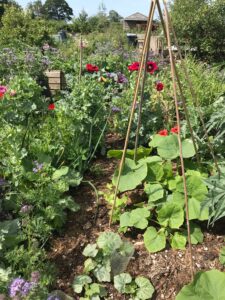This Week’s Guest Blogger is Ollie an English Permacultor in Spain who writes about Companion Planting
Companion planting is a gardening technique that involves growing different plants together in a way that benefits both species. This age-old practice aims to create a harmonious and mutually beneficial environment for plants, promoting healthier growth, pest control, and increased yields.
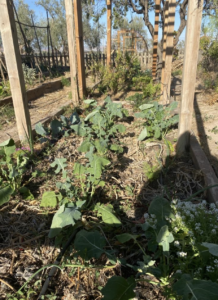 Here are some key aspects of companion planting:
Here are some key aspects of companion planting:
Pest Control: Certain plant combinations can deter or confuse pests. For example, planting marigolds alongside tomatoes can help deter nematodes, while basil can protect tomatoes from aphids and whiteflies.
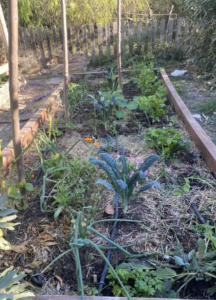
Improved Soil: Some plant combinations work together to enhance soil quality. Leguminous plants like beans and peas, for instance, fix nitrogen in the soil, benefiting neighbouring plants’ nutrient uptake.
Space Utilization: Companion planting optimizes space by pairing plants with different growth habits. Tall crops like corn can provide shade for shorter plants like lettuce, maximizing space and light utilization.
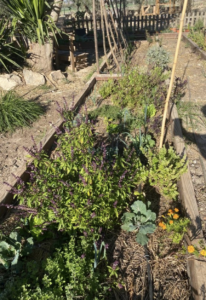
Attracting Beneficial Insects: Flowers such as sunflowers and lavender can attract pollinators and beneficial insects like ladybugs and parasitic wasps, which help control garden pests.
Crop Diversity: Mixing various plant species can reduce the risk of diseases spreading within a single species. This diversity also disrupts the life cycles of specific pests.
Flavour Enhancement: Some combinations are chosen for culinary reasons. For instance, the classic pairing of tomatoes and basil complements flavours and makes harvesting for recipes more convenient.
Native and Indigenous Wisdom: Companion planting techniques have been passed down through generations, with indigenous communities often having a deep understanding of local plant interactions.
Trial and Observation: Successful companion planting relies on experimentation and observation. Gardeners often discover which combinations work best in their specific climate and conditions through trial and error.
Crop Rotation: In a broader sense, crop rotation is a form of companion planting that involves changing the location of crops seasonally to prevent soil depletion and disease build up.
Overall, companion planting is a holistic and sustainable approach to gardening that harnesses the power of nature’s relationships to create healthier, more productive gardens while reducing the need for synthetic pesticides and fertilizers.
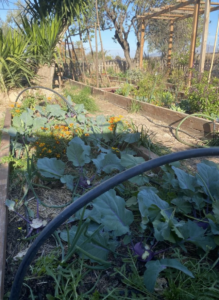

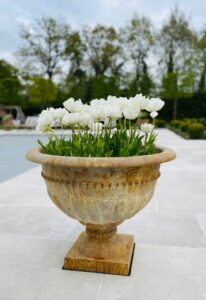
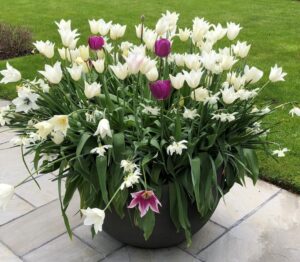



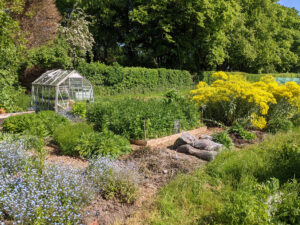
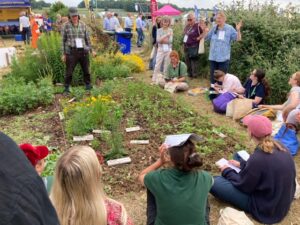
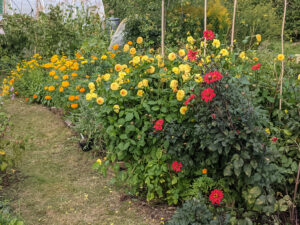
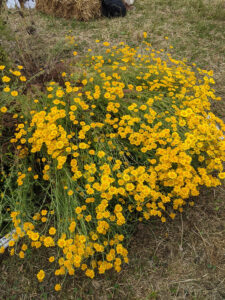
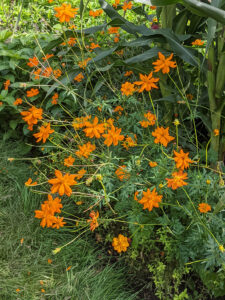
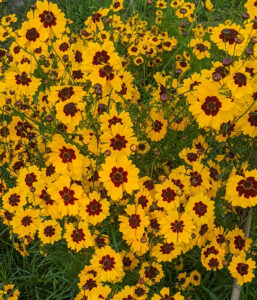
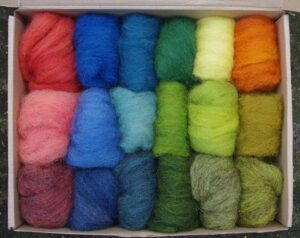


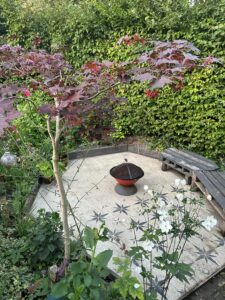
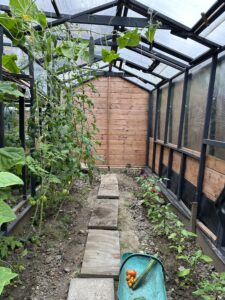
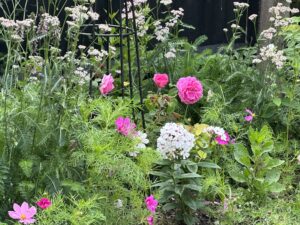
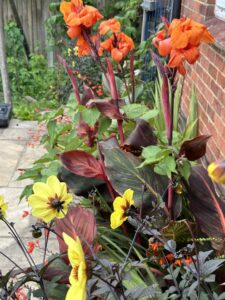
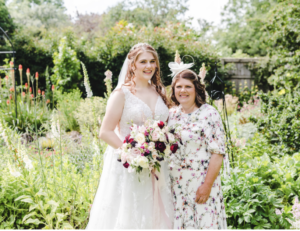
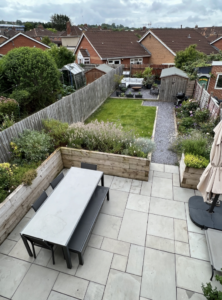
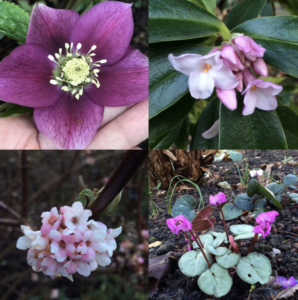

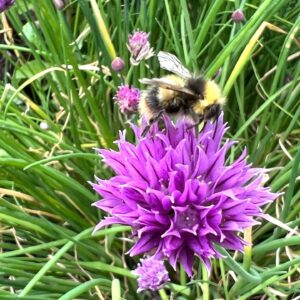
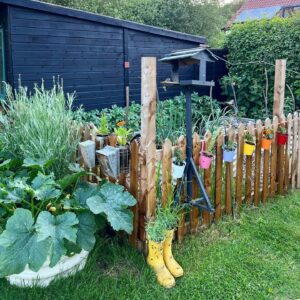
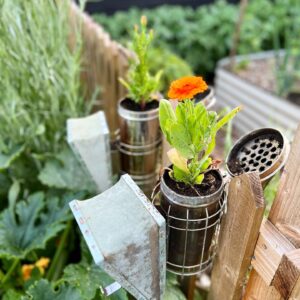
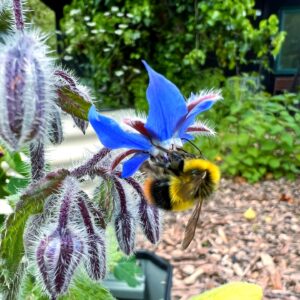
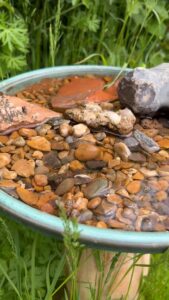

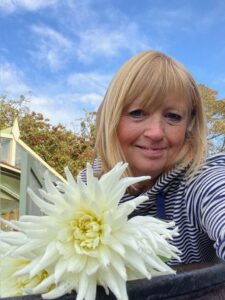 Hi, I’m Jane, happily retired and a hobby gardener.
Hi, I’m Jane, happily retired and a hobby gardener.
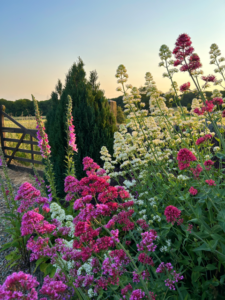
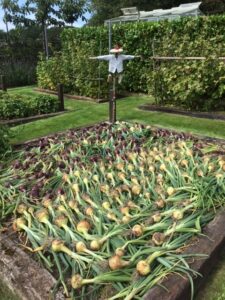
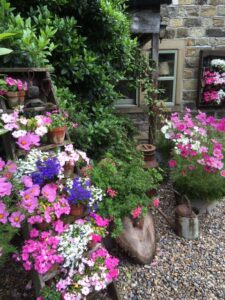
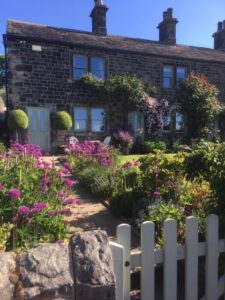
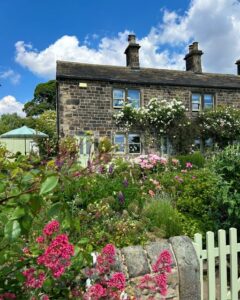
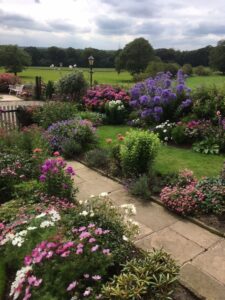
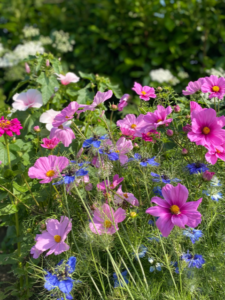
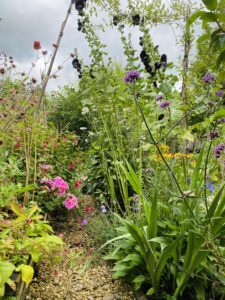
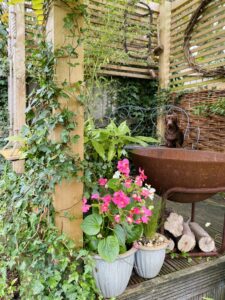
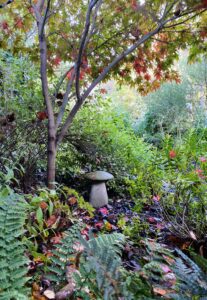
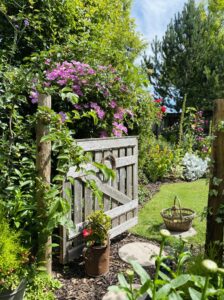
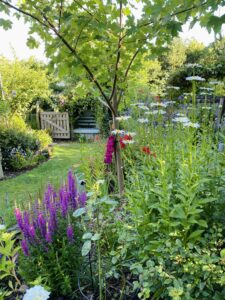

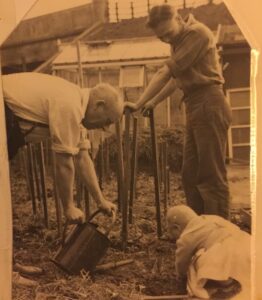
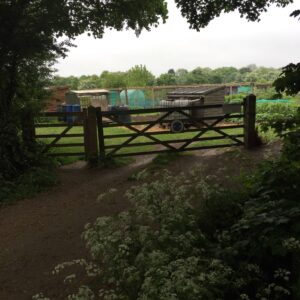
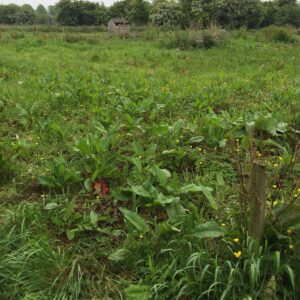
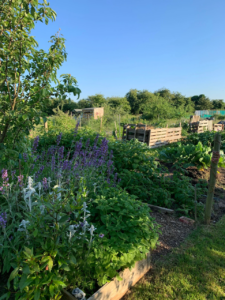
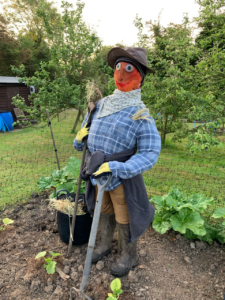

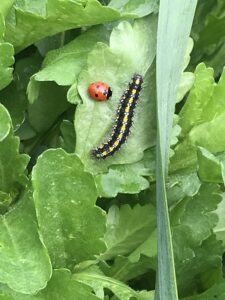
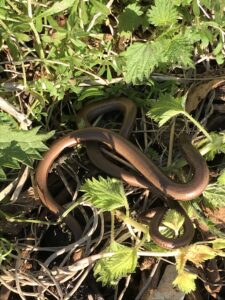 Slow Worm
Slow Worm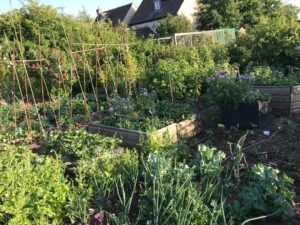
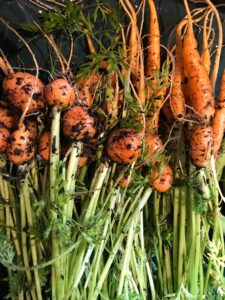 Carrots grown in dustbins
Carrots grown in dustbins